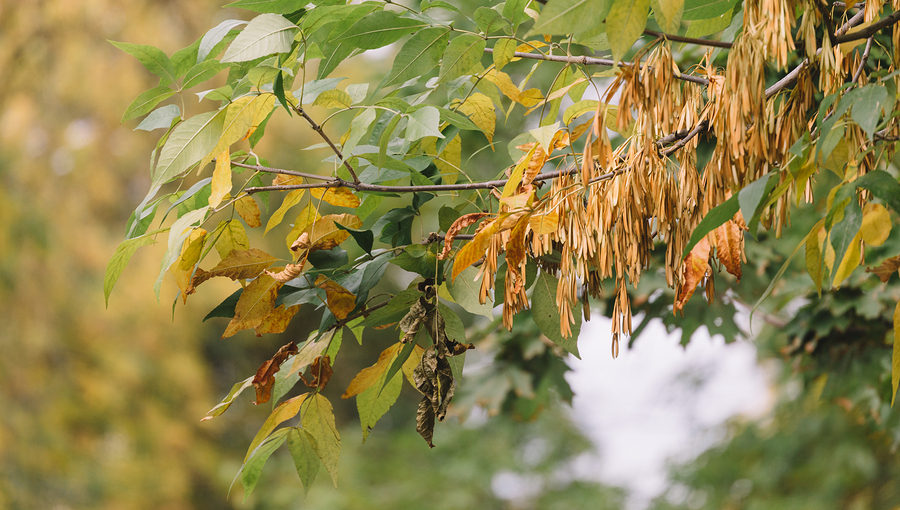Ash Yellows is a tree disease that targets Ash tree species ((Fraxinus), but mostly affects White Ash trees and Green Ash trees. Not only does this disease affect trees, it can also lead to a decline in other plants, such as lilac (Syringa) species. Continue reading to learn some important facts about Ash Yellows phytoplasma infections, including how to spot the signs and what you must do if your landscaping trees are infected.

Signs of Ash Yellows
Trees that are most susceptible to Ash Yellows are Ash tree species ((Fraxinus), primarily White and Green Ash trees. White and Green Ash trees generally die within one to three years of becoming infected, while other species of Ash tree can withstand the disease years longer. Common signs of an infected tree include stunted growth, shoot development, tufted foliage, branch dieback, crown dieback in the winter, and lack of leaf production in the spring.
Managing Ash Yellows
There is no real evidence yet to determine how Ash Yellows phytoplasma infections evolve and spread. For this reason, there is no real cure for a tree once infected. Most trees will die with a few years. Although it has been discovered that some species of insects, such as leafhoppers and spittlebugs, are carriers of the phytoplasma, there is current DNA analysis being done that shows some promise.
If your landscaping trees are infected with Ash Yellows, the best course of action is to have them removed as soon as possible to prevent further spreading. Contact a local and licensed tree removal company for prompt and professional service you can trust.
Call a Fishers Tree Care Company for Help
Call 317-537-9770 for professional tree service in Fishers, Indiana. We provide residential and commercial tree service, including tree trimming, tree pruning, tree removal, stump grinding, lot clearing, underbrush removal, and much more. Request an estimate, today.


